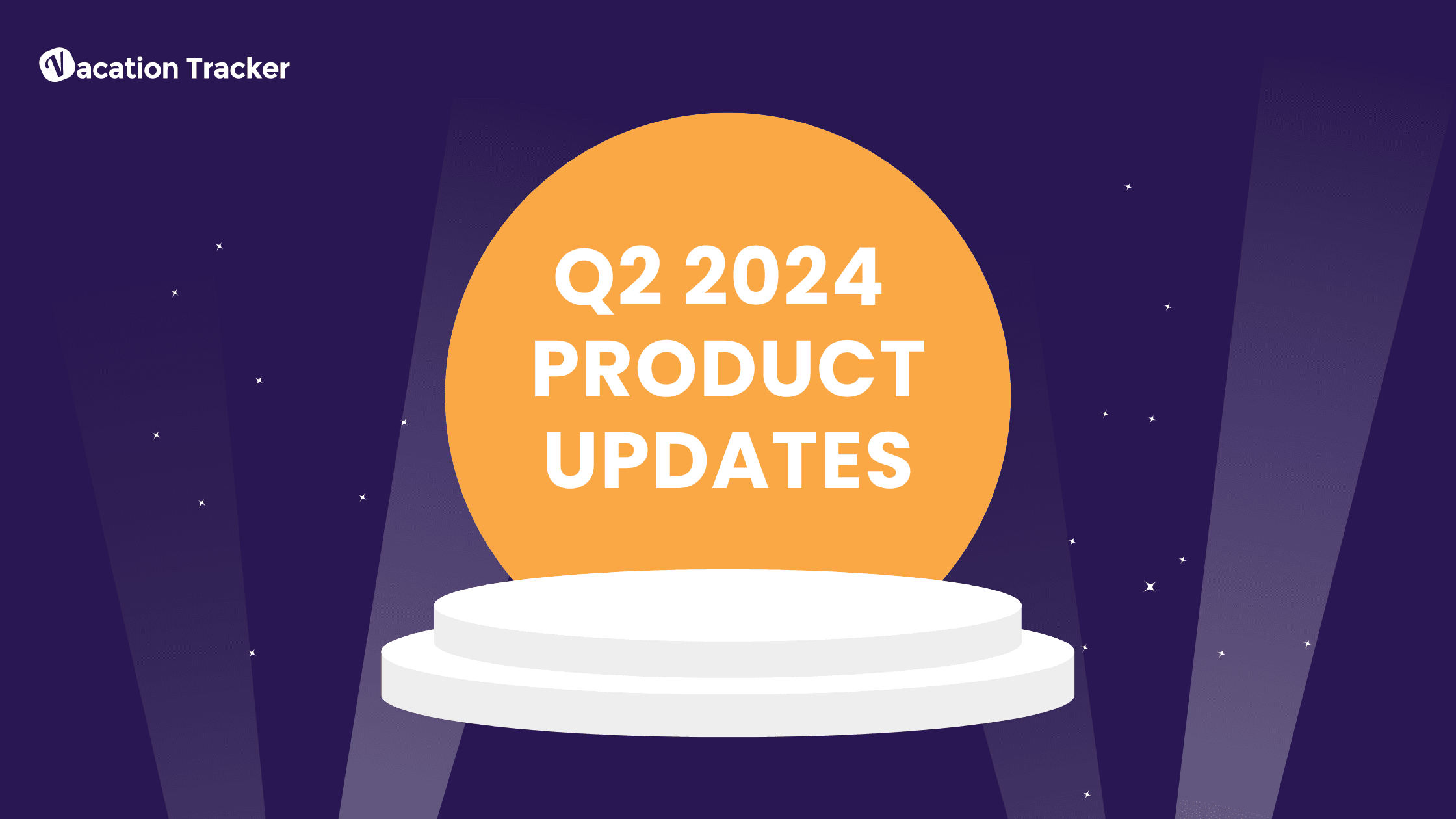5 Benefits of 360 Degree Feedback in 2021
Reading Time: 3 minutes
Table Of Contents
When we say “feedback” we usually think about the talk with our manager that happens during the annual reviews or appraisals. However, feedback should be given more often since it can greatly change how workplaces operate and have a positive impact on company culture and employee performance.
There’s been a debate over how to give the best feedback, how often managers should do it, what to ask and tell during it, and how to make the most out of it. More and more people are now vouching for 360-degree feedback and highlighting its benefits, both for the employee and the company. We decided to break those benefits and present you with the five most valuable ones.
But first, let us explain what 360-degree feedback is.
360-degree feedback means an organisation is conducting an assessment of an employee’s performance, skills, and contribution and then shares gathered insights with the employee. Usually, there are more people involved in 360-degree feedbacks than just a manager. Depending on the business’ structure, it can involve employees’ coworkers, customers, and managers. This method of feedbacking earned its name due to the fact there are so many people involved in the feedback process from all directions in the organization.
Usually, this type of feedback focuses more on the way employees impacted the work of others than on a task completion process, which is the topic of reviews as we traditionally see them.
Why is 360-degree feedback important?
360-degree feedback can be extremely handy and effective. In fact, they’re providing an opportunity for employers and their employees to speed up the development process.
What’s more, sometimes people feel reluctant to give honest feedback. Sometimes they’re uncomfortable, feel bad about it, or they feel like they will be judged if they say something bad face to face. Unlike traditional feedback, 360-degree feedback is more effective in that sense since it merges several opinions and provides a more comprehensive assessment.
Now, when we’ve cleared this out, we can see what are the top five benefits of 360-degree feedback.
Benefit #1: Encourages personal development.
One of the biggest advantages of feedbacks is employees’ ability to use given insights to improve themselves both personally and professionally. Since 360-degree feedback usually involves several people, managers can create a more in-depth picture of employees’ skills and places where they could improve. They can further advise them on how they could improve their weak points and provide them with resources on how to improve. What’s more, given it’s so thorough it allows employees and managers to gain self-awareness that will help them achieve their goals much faster.
Benefit #2: Promotes accountability
When the expectations are not set properly, accountability leaves the room. That’s why managers and their employees should strive toward implementing a clear set of rules, but also communicate expectations and decisions without leaving space for ambiguity.
360-degree feedback is here to straighten communication and help in better goal-setting since it’s based on legitimate and non-biased impressions about employees’ performance and behavior.
Benefit #3: Reduces bias
One of the greatest benefits of 360-degree feedback is the fact that it minimizes (or even erases) unconscious bias. Since there are several people involved in this process, the final feedback is formed in a way that takes into account several opinions, leaving no room for false accusations. What’s more, when several people give an opinion, employees on the receiving end might take constructive criticism and advice better, since they know it’s not based on a single person’s beliefs.
Benefit #4: Improves customer relationship.
Retail businesses (or any businesses dealing with customers) might benefit the most from 360-degree feedback. On one side, they’re showing they care for their customer’s opinion and increase their satisfaction. On the other side, by conducting this type of feedback, managers can determine what are the straights and weaknesses of a certain employee and work on them promptly.
Benefit #5: Uncovers blindspots
Since 360-degree feedback gives multilevel feedback, it provides a more in-depth overview of employees’ strengths and blind spots in their behavior. The valuable insights gathered during the feedback process allows employees to comprehend why and how they are behaving, and its impact and guide them on how to improve it. What’s more, emphasizing blindspots allows the employee to focus on learning and development needs that can be applied to those overlooked behaviors.
Wrapping it up.
As we already said, we should never underestimate the power of proper feedback. The staple of every successful company hides in open and honest communication that allows us to find mistakes early and prevents problems from escalating too far. Feedbacks should be practiced regularly, and one of its most useful forms is 360-degree feedback. By giving employees and managers a comprehensive picture of their work and behavior, 360-degrees feedbacks strengthen and promote team spirit company-wide.

Ana Mladenovic
A cat enthusiast and a cupcake maniac, Ana is a freelance Content Writer passionate about HR, productivity, and team management topics. When she’s not at her keyboard, you can find Ana in the kitchen, trying to make delicious cookies.



